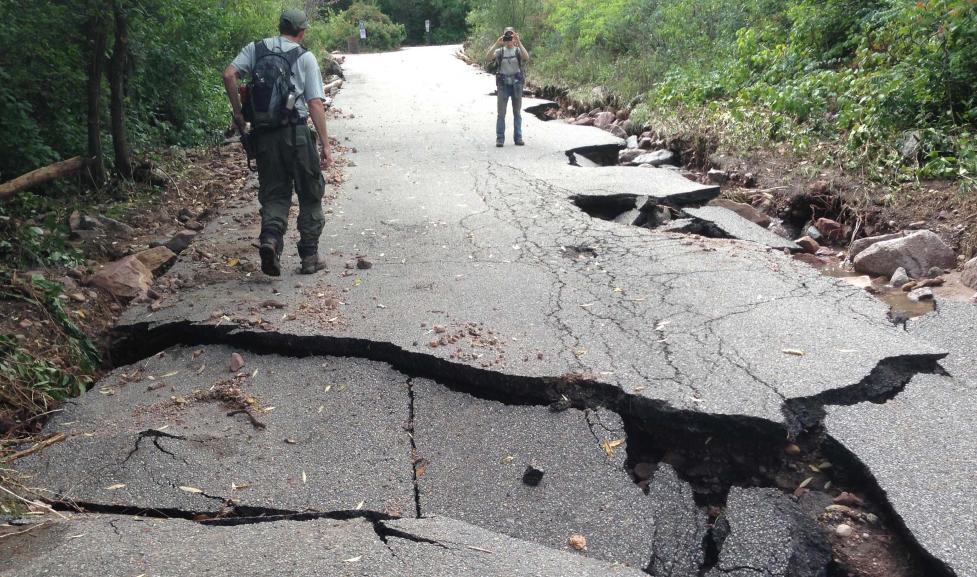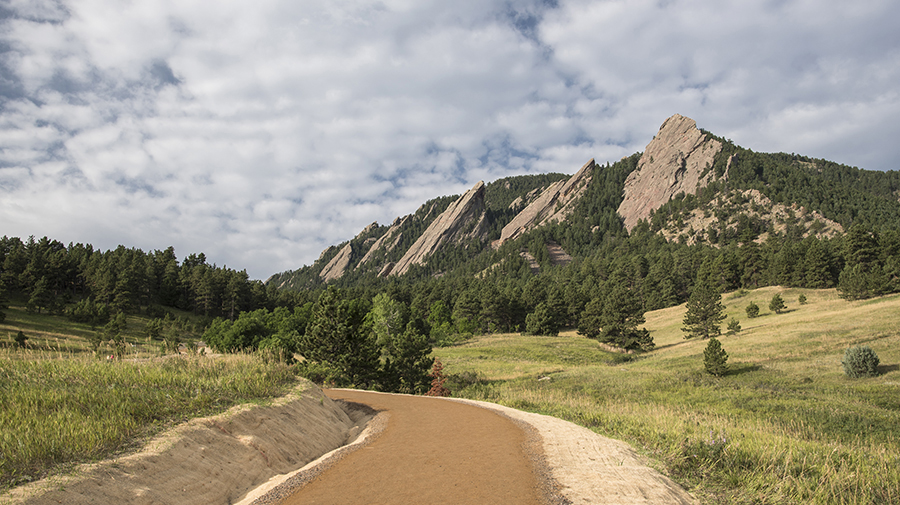During the historic September 2013 flooding, the exceptional force of water, combined with gravity, moved massive amounts of earth and vegetation.
When the flooding stopped and the clouds finally parted, an initial damage assessment indicated that about 40 miles of the city’s Open Space and Mountain Parks (OSMP) trail system sustained significant or severe damage, while more than 100 miles suffered at least minor damage. The floods also damaged sensitive ecological areas and caused extensive damage to open space agricultural infrastructure.
After the assessments were completed, the damage to open space was clear: It would take years for the city’s open space system to recover from the historic flooding. As the 10th anniversary of the September 2013 floods nears, Open Space and Mountain Parks staff wants to extend our deep gratitude to generous community members who helped us rebuild in the wake of the historic flooding.
All told:
- More than 1,480 volunteers donated 8,000 hours to help rebuild and restore shared open space.
- They helped OSMP to complete more than 120 projects to repair trails and restore areas affected by the floods.
Read further below or view an online story map to learn more about our work to recover from the floods. We couldn’t have done any of our flood recovery work without you. We are truly fortunate to work for a community deeply connected to the land, and we’re proud to help our community enjoy and protect shared open space.







